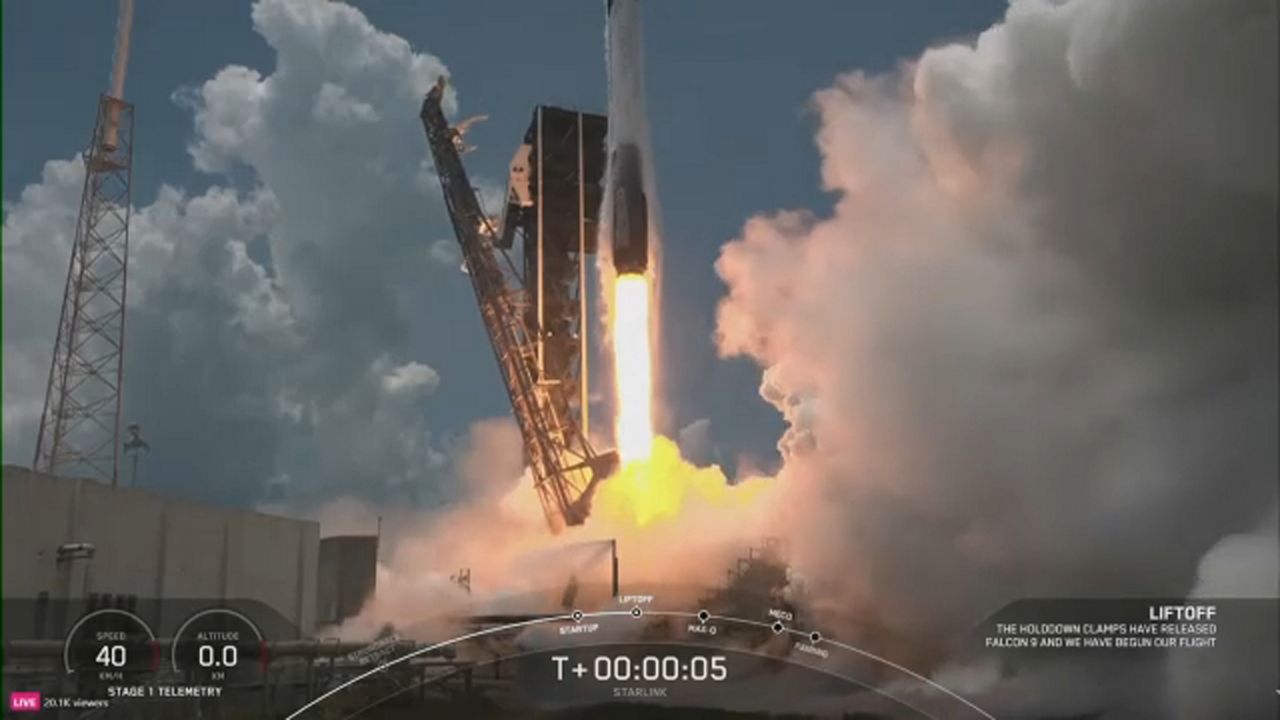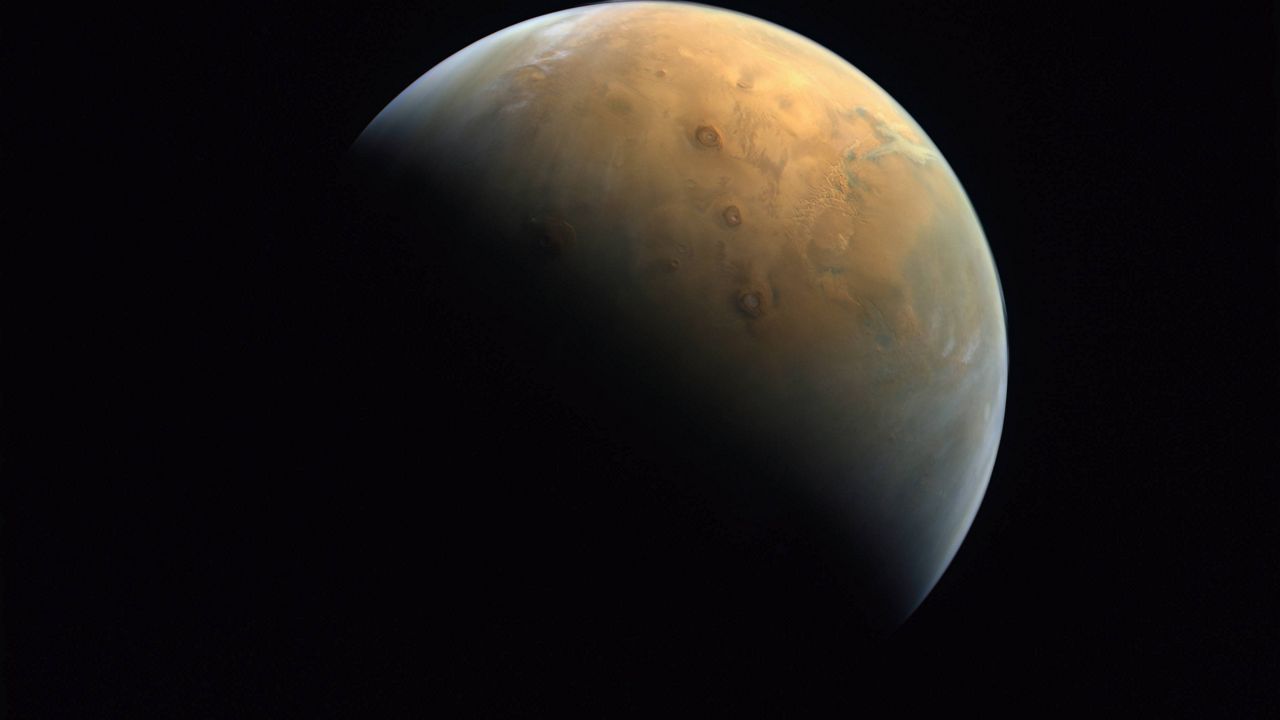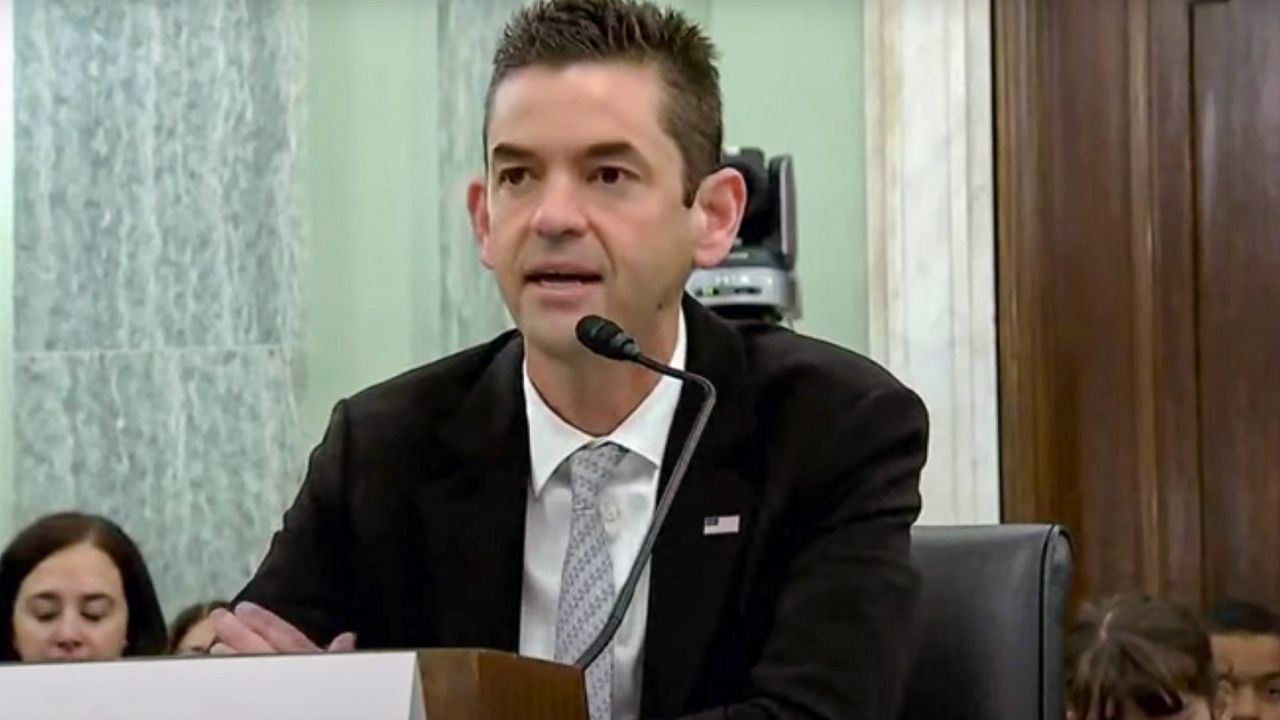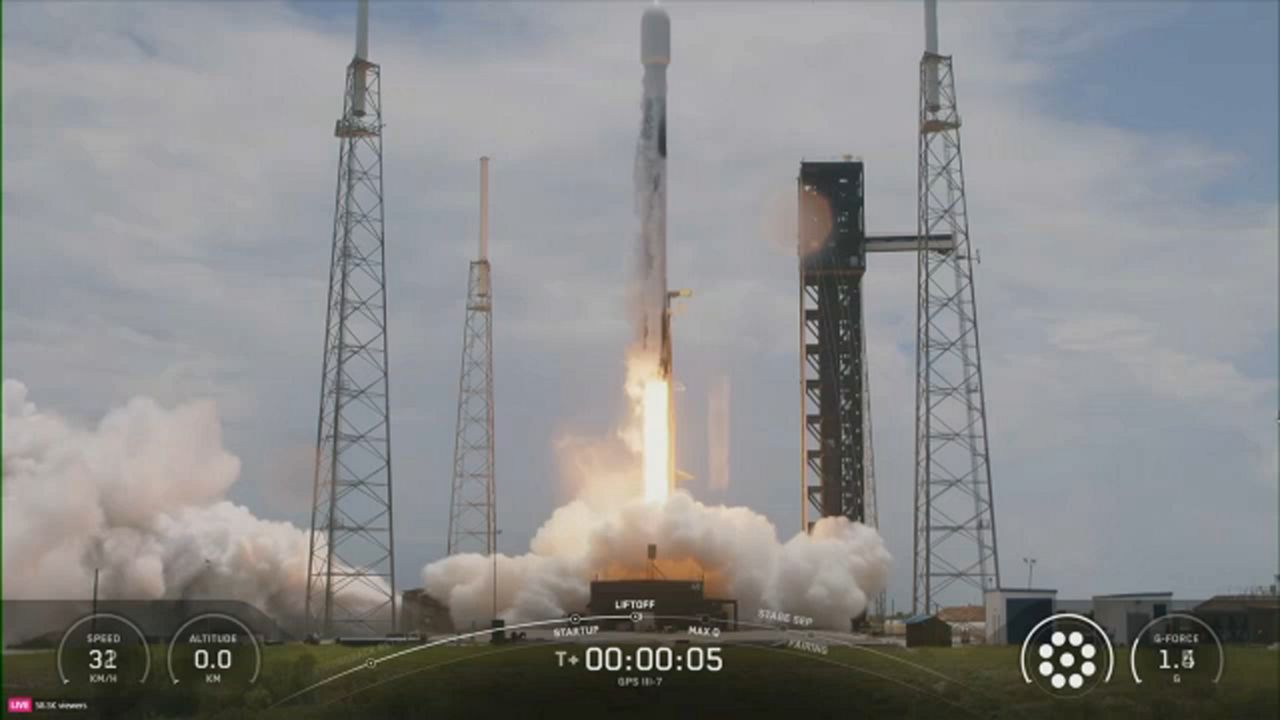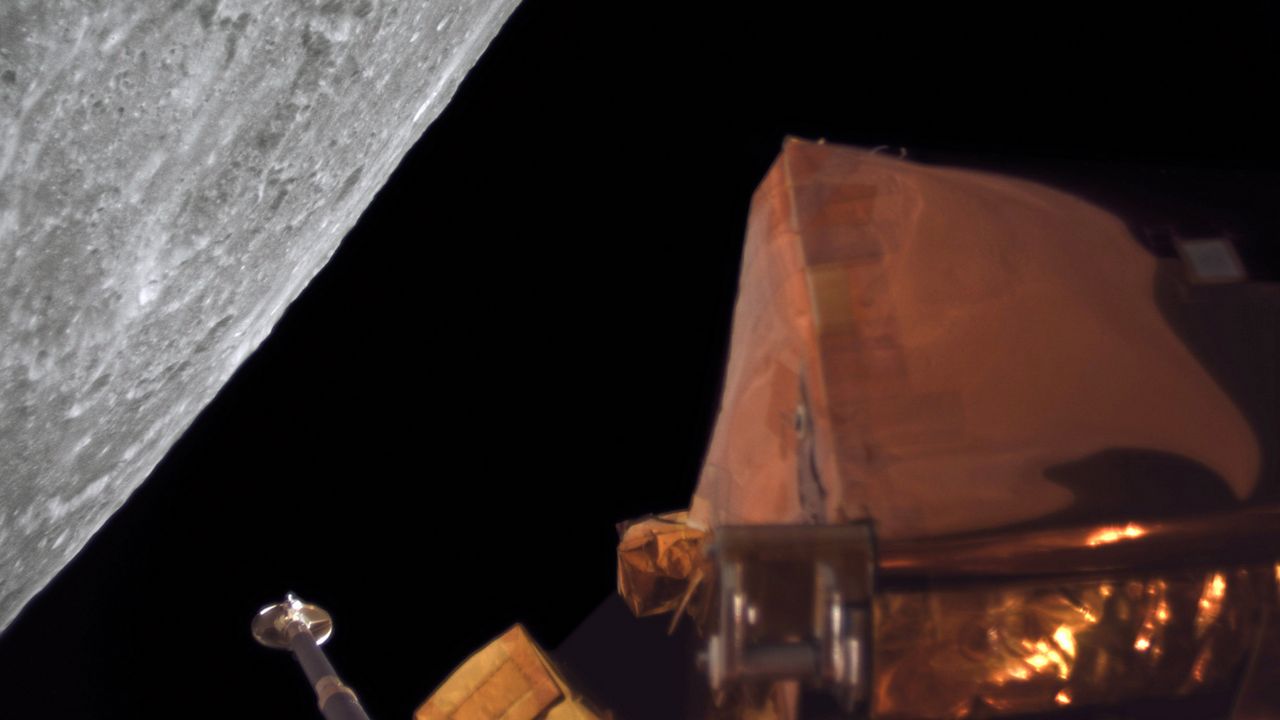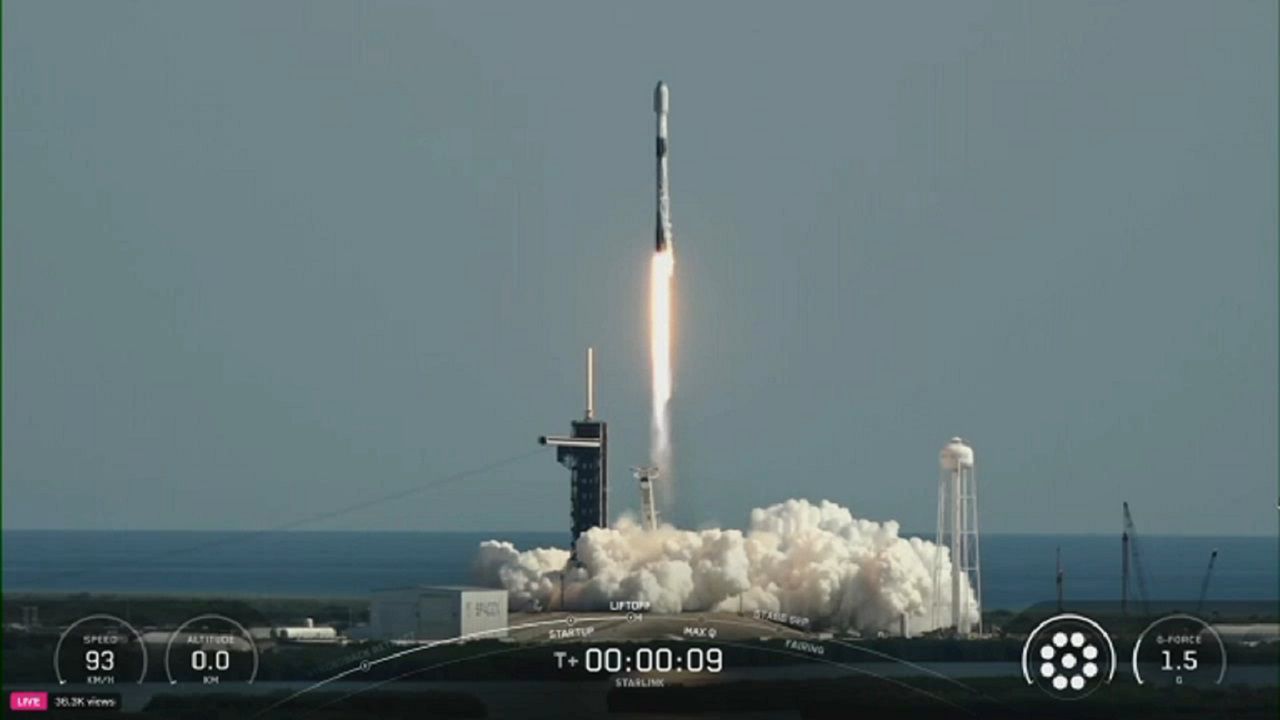CAPE CANAVERAL SPACE FORCE STATION — The weather was looking iffy for a Starlink launch on Saturday afternoon, but the launch took place as scheduled.
What You Need To Know
- The Falcon 9 rocket left from Space Launch Complex 40 at Cape Canaveral Space Force Station
- Of the 23 satellites going up, 13 of them will have direct-to-cell capabilities
SpaceX stated that its Falcon 9 rocket would send up Starlink 12-22 mission from Space Launch Complex 40 at Cape Canaveral Space Force Station at 1:19 p.m. ET.
The launch window opened at 1:19 p.m. ET.
The 45th Weather Squadron gave between a “20%→40%” chance against liftoff, citing concerns that include cumulus cloud, anvil cloud and surface electric fields rules.
Find out more about the weather criteria for a Falcon 9 launch.
Into the blue
This is the 24th mission for the Falcon 9's first-stage booster B1069. This first-stage booster has a history of Starlink launches:
- CRS-24
- Eutelsat HOTBIRD 13F
- OneWeb 1
- SES-18 & 19
- 19 Starlink missions
After the stage separation, the first-stage rocket is expected to land on the droneship A Shortfall of Gravitas that will be in the Atlantic Ocean.
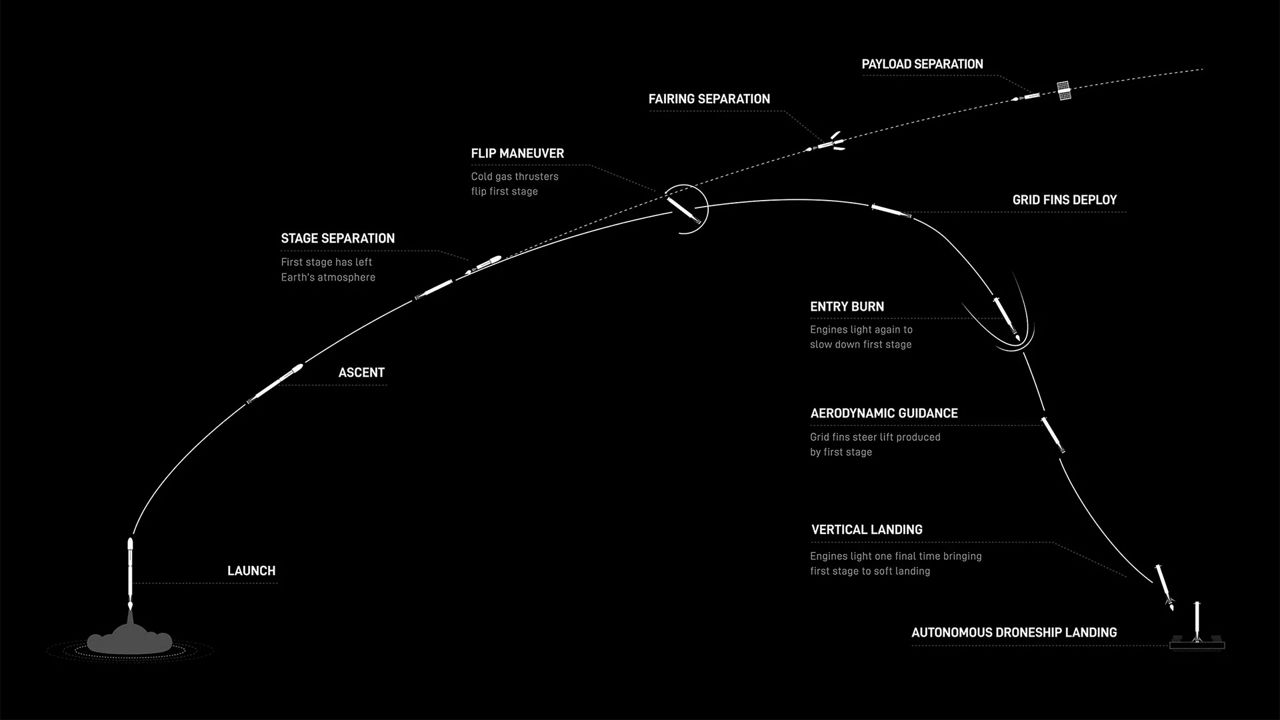
About the mission
The 23 satellites from the Starlink company will head to low-Earth orbit to join the thousands of their mechanical brothers and sisters.
In fact, 13 of those satellites will have direct-to-cell capabilities.
“Starlink satellites with Direct to Cell capability have an advanced eNodeB modem onboard that acts like a cellphone tower in space, allowing network integration similar to a standard roaming partner,” explained Starlink, which is owned by SpaceX.
Once deployed and in their orbit, they will provide internet service to many parts of Earth.
Harvard-Smithsonian Center for Astrophysics’ Dr. Jonathan McDowell has been tracking Starlink satellites.
Before this launch, McDowell recorded the following:
- 7,563 are in orbit
- 6,731 are in operational orbit
